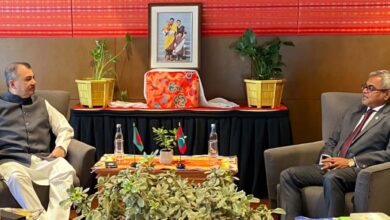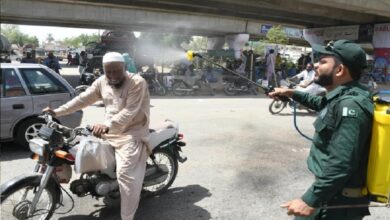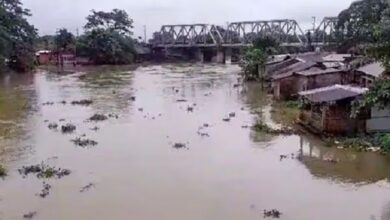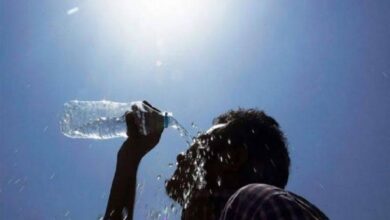How economic inequality magnifies exposure to crippling, extreme heat
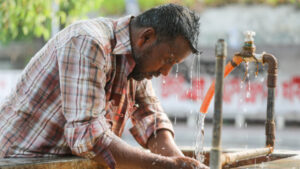
A prolonged heat spell baking large swathes of northern India has finally subsided a bit. But this should not make anyone forget the challenges posed to Indian society by extreme temperatures. This is not a one-time occurence. In 2021, the Intergovernmental Panel on Climate Change (IPCC), a global body convened by the United Nations, concluded that South Asia is particularly vulnerable to more frequent heatwaves and extreme temperatures, where “working conditions will be exacerbated and daytime outdoor work will become dangerous.” The previous article in this series discussed the role of heat on health outcomes, but equally important is the question of how citizens cope with heat — i.e., their capacity to mitigate the negative impacts of extreme temperatures.
To ascertain how people are coping with rising temperatures, Artha Global’s Centre for Rapid Insights (CRI) conducted a nationwide survey reaching 13,326 respondents across 421 of India’s 543 parliamentary constituencies between 6th and 8th June. We asked the following question: “In the afternoon, when it is hot outside, is the inside of your home comfortable?” Respondents were able to answer whether the inside of their home was comfortable or uncomfortable, as well as the strategy (air conditioner (AC)/cooler or fan) used, if necessary, to make the home comfortable. Overall, about 32% of the sample said that their home is hot and uncomfortable, displaying widespread lack of capacity to deal with extreme temperatures in India. Among those who can make the inside of their home comfortable, 42% require an air conditioner or cooler — suggesting that coping with the heat often requires energy intensive and cost intensive cooling strategies.
We also analyse the relationship between coping with heat and asset wealth based on vehicular ownership (whether the person owns a four-wheeler such as a car, two-wheeler such as a scooter, or no vehicle). We find that only about one in eight people who own a four-wheeler find their home uncomfortable in extreme heat, while nearly half of those with no vehicle find the inside of their home to be uncomfortable. On the flip side, approximately 40% of people who own either a two-wheeler or four-wheeler require an AC or cooler to keep their homes comfortable, whereas only about 16% of those without a vehicle use either an AC or cooler. The data points to the extreme heat exposure faced by the poor, even without direct sun exposure in their own homes. The sheer number of people with two-wheelers or four-wheelers who require an AC or cooler to make their homes comfortable speaks to the cost prohibitive nature of coping and cooling strategies in India.
The role of urban spaces and dense, built up area in exacerbating heat is well-known. The IPCC notes that dense, South Asian cities are particularly vulnerable, as cities can create “heat islands” that are 2°C hotter than surrounding areas. To put some data to the problem, we ran a statistical model to estimate our results down the assembly constituency level and paired this with satellite data prepared and shared by the European Space Agency’s (ESA) Global Human Settlement Layer (GHSL) program on the built up area inside the assembly constituency.
Of particular interest is semi-urban land (a combination of semi-dense and suburban settlements) as these are less likely to be planned areas, and thus particularly vulnerable to heat exposure. In the figure, we restrict the sample to our poorest respondents (those with no vehicle) and assess the relationship between the percentage of semi-urban land in an assembly constituency and the percentage of people who find their homes to be hot and uncomfortable in the assembly constituency. The figure shows a strong relationship between the two: our model predicts that moving from 5% semi-urban land area (25th percentile) to 50% semi-urban land area (80th percentile) increases the likelihood of living in an uncomfortable home by 20% for the poorest in our sample.
These data point to an urgent need to invest in infrastructure (particularly urban infrastructure) that reduces the burden on the most vulnerable citizens to find cooling strategies. This includes investing in trees and green cover, updating and enforcing building codes on proper roofing and heat resistant insulation, and developing open spaces. Furthermore, as episodes of extreme heat become more frequent and incomes grow, AC usage is certain to increase — generating huge energy demand and further climate impacts. With such major challenges, and dire consequences for failing to address them, the need of the hour is to put planning for a more sustainable climate future near the top of our policy and political agenda.

